To understand the historical context of perfume, it is necessary to start with the beginning. When it comes to our understanding of the world, fragrance has generally existed in different structures and for different purposes. With the discovery of fire, the first men were eager to gather plants, wood, spices and various materials to consume. By throwing these plants into the torches, they discovered that rotten smoke rose from the fire, and each material smelled different. This is the beginning of a fragrance that has been discovered so far. The Latin derivation per fumum can even be translated as "by the smoke". Men used plants to rub their bodies before hunting to attract game as early as 8500 BC
Overview of the history of perfume
Egypt:a holy fragrance
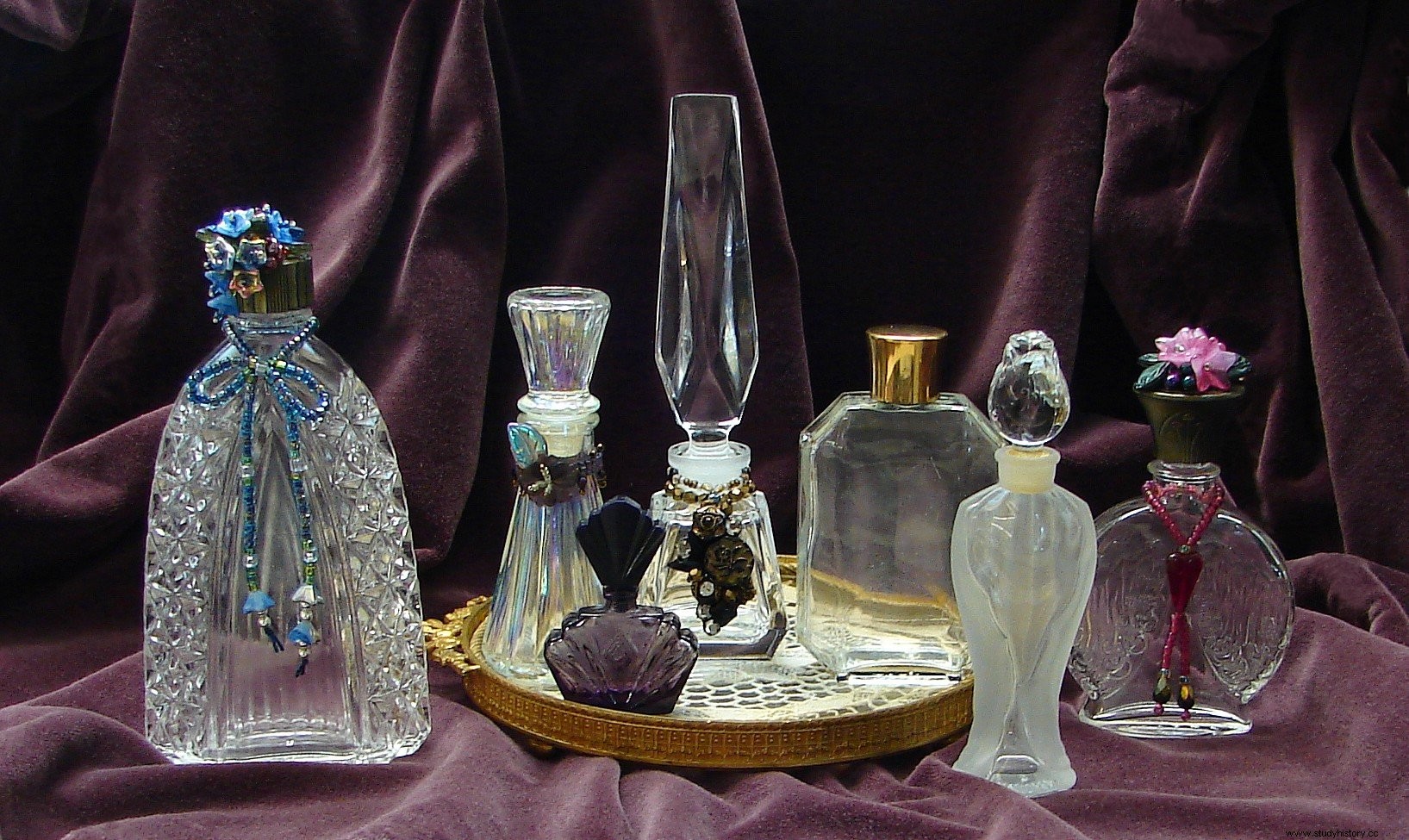
The historical background of the aroma begins with the exchange thanks to the Sumerians, a Mesopotamian civilization. They dedicated it to all ethnic groups, but especially to Egyptians, who were the fragrance's most eager customers. Alexandria and all of ancient Egypt are rapidly gaining significant importance in aromas by promoting a fragrance religion. It is usually made from vegetable oil or animal fat to which the flowers are added. Marjoram and iris, for example, as well as gums such as turpentine and benzoin, are currently very popular.
These first fragrances are also available in shrines, where they are made by clergy. The fragrance is used primarily for its "mysterious" work, and acts as a bridge between men and deities. Aroma permeates the shrines! Scent mixtures are scorched to produce cleansing smoke. During funeral rites, the bodies are preserved for the sake of approaching eternal life, and the sculptures of the deities are scrubbed with fragrant pomade to respect them. "Kyphi" is believed to be the first eau de toilette. This rotten mixture of juniper, honey, grapes, old wine, myrrh and saffron is used primarily to disinfect divine beings.
Using Aroma to Entice
The origin of fragrance in Egypt also includes therapeutic use. Some are designed to treat migraines or gynecological infections. However, Egyptians use fragrance for more than just heavenly and therapeutic purposes. They are prepared buyers of beauty care products and flavors. They are currently extremely interested in appearance and tidiness, the image of moral integrity. The best observers of this pattern are the ointment pots, mirrors and other kôhl houses found in tombstones.
Other fragrance bases are used as a source of enchantment for all types of people in the daily life of the Egyptians. Cleopatra, Egypt's last pharaoh, relaxes in scented showers before being perfumed with bitter almond oil, cinnamon and myrrh. To aromatize the feature hair pieces with fragrant cones sprayed with a balsamic substance that became liquid to impregnate the caps is the level of sophistication. The scent is reserved for the upper crust, with people using only castor oil mixed with oregano or mint.
Perfumes from around the world
The Cretans and Phoenicians were quick to exploit the Egyptians' ability to smell, which they would then pass on to the Greeks. They find and import new smelly materials such as saffron and incense through their various country stores in the Near East. After that, in honor of Alexander the Great's victories, fragrances from India will be added to their fragrance repertoire. This new fragrance transformation is preferred by shoes, nutmeg, nardus and a number of other parties. At the same time, animal materials such as musk, reeds and amber appear.
Greek
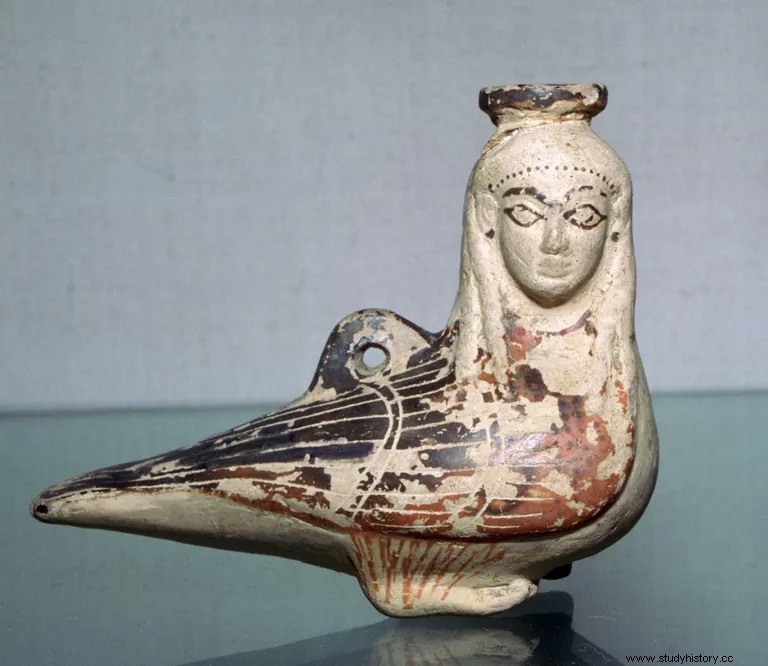
Over time, the Greeks became true experts in making fragrant objects. They developed the enfleurage technique, which is still used today to make the first liquid fragrances. They massaged the flowers in bronze containers filled with oil that was constantly refilled. The aromas were poured into burnt, lead or gold jugs, which were then adorned with imaginative fantasies.
Perfume, according to the Egyptians, was first used for its sacred excellence. Each fragrance's creation is accompanied by an imaginative story. The goddess Venus is said to be madly in love with Adonis. This one, on the other hand, is killed during a hunting party. Venus is stung by the thistles of a white rose while he tries to save him. Her blood flows down the petals and turns them red. This is how a rose turns into a flower of worship. Another (less sincere) interpretation claims that Cupid inadvertently spilled his glass of wine on the flower, turning it into an image of love.
Perfume for body care
However, the fragrance is also dedicated to a new purpose:body care. Fragrant oils play an important role in Greek life, especially for their restorative properties due to their love potion, stomach-related or cleansing effects. Regardless, it is also a source of concern for personal hygiene. The body is sprayed with oil before scrubbing vigorously to remove soil. Individuals then shower openly with water to wash. Finally, the aroma corresponds to joy:it is even prescribed to cover the nostrils to enchant the brain!
The Rome Connection
Perfume is overused because it is associated with extravagance and wealth. Unusual grades are revealed over sumptuous meals. Asparagus is added to fragrant oils and served on rotten wooden barrels. Visitors are showered with fragrant water and served wine with rose flavor. They witness the arrival of pigeons, whose clouds are sprayed with aroma and spread a severe cloud of fragrance. A perfume district is located near one of Rome's main roads. They are called "unguentarii", which means "created by incense", and they accumulate and are extremely dynamic. The Romans flock to these new fragrant shops in search of the latest fashionable incarnation. In the same way, stories are created and spread here!
Perfumers are rapidly amassing wealth in this booming industry. Fragrances are not usually filled in artistic containers, but they are in glass. Due to the aromas used, Roman scents are extremely thick and strong. The Romans hide in these fragrances and may be surrounded by them by masseurs present in the conditions. Either way, this fragrant is free for all animals for Roman aristocrats and the entire empire. Although Rome fell in 476, the fragrance will continue to adorn for the next hundreds of years with its notes. Until the introduction of a Carrément Belle story in 1988, in the back streets of the former Roman city of Nîmes ... as a picture!
Origin
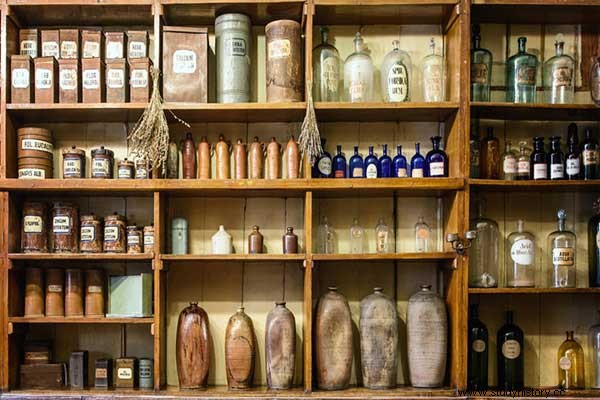
Hieroglyphs discovered in Egyptian tombs show that the ancient Egyptians and Mesopotamians produced fragrance as far back as 3,000 BC. Egyptian clergy were the main perfumers, using sweet-smelling juices to enhance the smell of the atoning contribution.
Egyptian priests and pharaohs were buried with aromas, and when these tombs were opened by archaeologists in 1897, the fragrances were discovered to have retained their distinctive, wonderful scents. Significant figures in Egyptian history were covered by fragrant oils to ensure that their odor needs were met. Many of these parties are still valued in perfumery today. Jasmine, hand-picked at the start of the day. Frankincense tar is made from the Boswellia shrub, with entire forests covering areas of Oman, Yemen and Ethiopia. They used Nile Lotus, Myrrh, Madonna lilies and honey.
The Kyphi incense was the most magical of all:while the formula differed from shrine to shrine, each formula included 16 parties - including myrrh, sweet reed, cypress grass, wine, honey, raisins, chewing gum and juniper, all mixed together. Every night, Kyphi was burned to please the gods as they began their journey to the hidden world and to ensure that the sun god Ra, the next morning, returned. There is even an "aroma aroma" in Edfu, Egypt, where treatment plans, aromas and inhalation are highlighted in hieroglyphs on the dividing line.
However, incense was not only used for supernatural rituals; The Egyptians also enjoyed it on a daily basis. They had previously realized that scents could help maintain a comfortable balance between body and soul. It seems to be early "fragrant healing." They had Megalion, a soothing ointment for irritated skin or consumption:a mixture of cardamom and myrrh. It was also carried as an aroma. To relieve nervousness, theriaque, a mixture of myrrh, frankincense, cinnamon, resin, sweet tincture and snakeskin, was used. Also, if you sniff around the Kairos Khan al Khalili souk, you will find it today, made by botanists.
Meanwhile, the first real 'nose' is registered a lady - a scientist named Tapputi, who was written on a tablet from Mesopotamia in the second thousand years BC. The Mesopotamians had readily available resin, forest, spruce and myrtle to make their incense. The Cedar of Lebanon was the most valuable of all.
The importance of perfume in ancient Egypt
Perfumes have been a valued extravaganza for millennia, and ancient Egypt was no exception. Even then, fragrances served a number of functions. To begin with, the rarity of the fragrance made it an object of divine beings:sweet-smelling powder was scorched to respect and curry favor with the divine beings. After that, perfume became a part of daily life, with people involving it for its "sacred excellence":its alluring powers, its ability to decontaminate the body and healing effects.
Perfume production in ancient Egypt
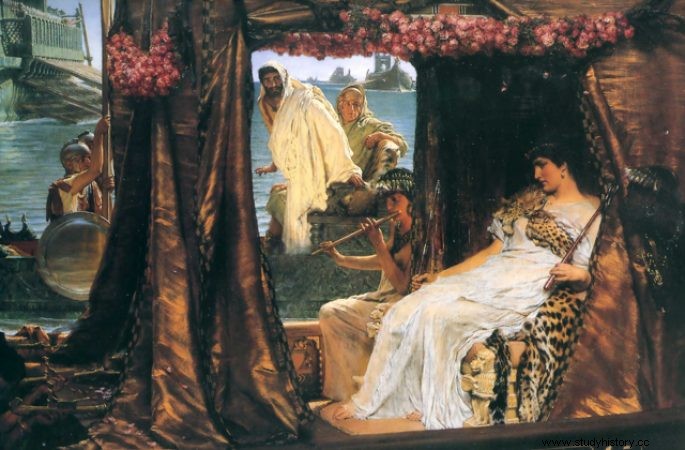
As with all important periods in history, there are many questions about how aromas may have been in ancient Egypt. The ancient Egyptians did not use refining. How did they create their fragrances? They were enfleurage experts. The nuances of their method were not written to keep quiet; rather, they were given orally to prevent others from learning how to make fragrances.
The most famous is Kyphi, which is made from terebinth juice, saffron, raisins, cinnamon, wine, myrrh, honey and various other ingredients. The plans remained hidden because this fragrance was used to honor the divine beings. The scents of that time were thicker than today, with a consistency similar to olive oil instead of water. The equation has been updated, and this fragrance can now be enjoyed by the general public during "smell meetings"!
The story of perfume in ancient Egypt
Ancient Egypt, like all other important periods in world history, is full of mysteries. A group of scientists set a wonderful challenge for themselves:recreating a fragrance worn by Queen Cleopatra herself. How were they supposed to handle it? These experts collected deposits from amphorae and gathered information from ancient texts in an attempt to revive an ancient aroma in modern times.
Researchers examined the amphorae with the help of Egyptian perfume experts. They had the opportunity to put some ends by concentrating on ancient Greek texts to observe the equations of the famous ancient fragrances Mendesian and Metopian. Both amphorae contained myrrh, to which they added cardamom, cinnamon and olive oil. It is obviously difficult to say whether Queen Cleopatra wore such a fragrance. According to some sources, she had her own aroma production studios. Either way, the thought is amazing, and it's more than enough for a 2,000 year old aroma.
The importance of perfume in world history
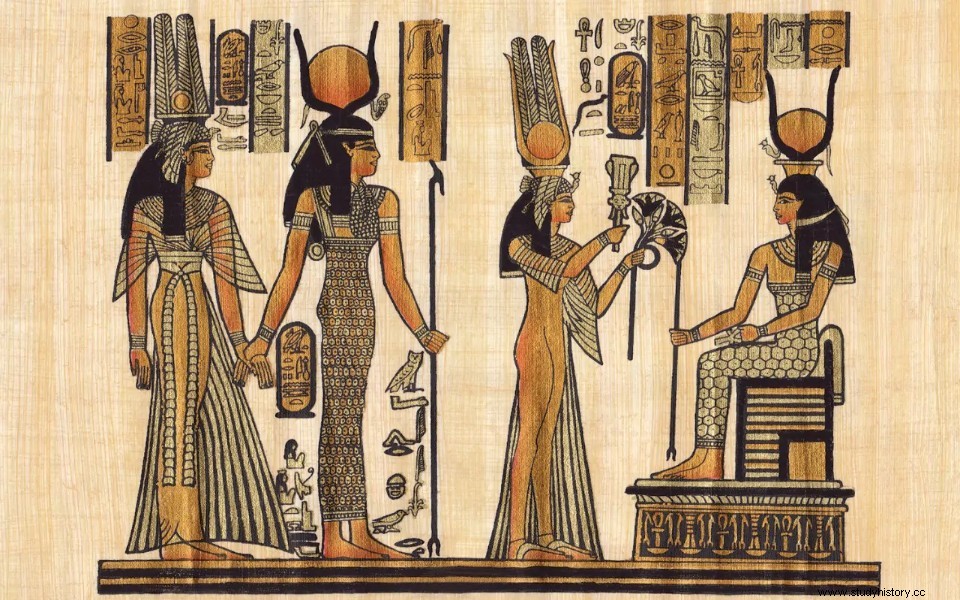
The ancient Egyptians were among the first to incorporate fragrance into their way of life, followed by ancient Chinese, Hindus, Israelites, Carthaginians, Arabs, Greeks and Romans. Archaeologists have discovered the most experienced aromas in Cyprus. They have lived for over 4,000 years. A cuneiform tablet dating back 3,000 years from Mesopotamia identifies a lady named Tapputi as the first registered fragrance maker. However, fragrances were also available in India at that time.
Perfume bottles were first used in Egypt around 1000 BC. The Egyptians invented glass, and aroma bottles were possibly the first common use of glass. Persian and Arab scientific experts systematized the development of fragrance, and the use of antique objects spread throughout the world. Despite this, the rise of Christianity saw a decline in the use of fragrance in much of the Dark Ages. It was the Muslim world that kept the fragrance practice alive during this period - and helped trigger their improvement with the start of global trade. Perfume use became prominent in France during the sixteenth century, especially among high societies and aristocrats.
Use of perfume
Intake of incense and sweet-smelling spices for strict services, often sweet-smelling gums, incense and myrrh collected from trees, is probably the most established use of fragrance. However, it did not take long for people to recognize the fragrant potential of the fragrance, and it was used for both lure and as a basis for worship. With the introduction of eau de cologne, France began to incorporate aromas for a wide variety of purposes in the nineteenth century. They used it in their baths, wraps and bowel cleansers, and polished it off in wine or showered it on a sugar irregularity.
Despite the fact that special perfume makers continue to cater to the extremely affluent, fragrances are now widely used - and not just among women. In any case, selling perfume is no longer just the domain of fragrance creators. Clothing designers began to show off their own lines of aromas in the twentieth century, and virtually any celebrity with a lifestyle brand can be found selling a fragrance with their name on it.
